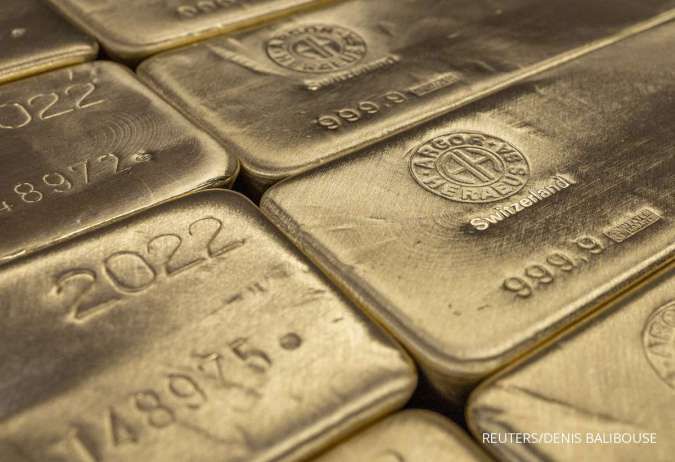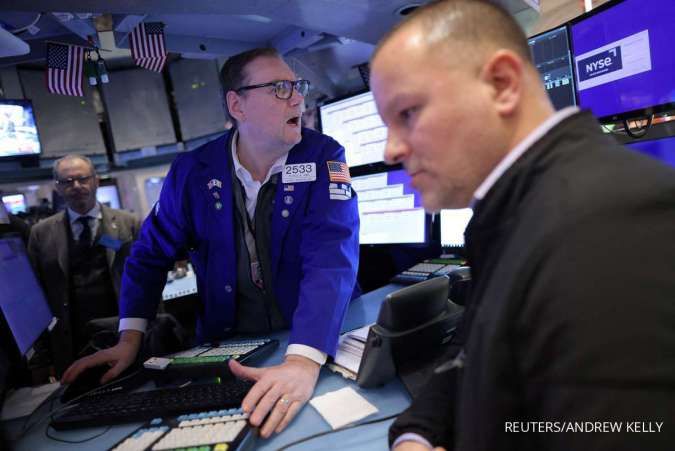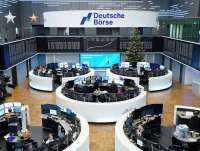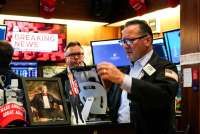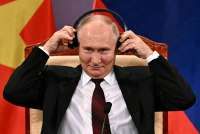CURRENCY - NEW YORK. The dollar fell on Friday, paring almost all the week's gains, after slowing U.S. jobs growth in July encouraged hopes of a soft economic landing but higher wages suggested the Federal Reserve may need to keep interest rates higher for longer.
The U.S. economy added fewer jobs than expected last month, but solid wage gains and a decline in the unemployment rate to 3.5% pointed to continued tightness in labor market conditions.
Nonfarm payrolls increased by 187,000 jobs last month, the Labor Department's survey of households showed, less than a Reuters survey of economists who forecast 200,000. Revisions lower in May and June job growth suggested demand for labor was slowing amid the Fed's hefty rate hikes.
But with 1.6 job openings for every unemployed person, the moderation in hiring could indicate companies are failing to find workers. The softer-than-expected jobs number halted this week's surge in Treasury yields and stopped the dollar's recent climb, said Marc Chandler, chief market strategist at Bannockburn Global Forex in New York.
"There's a short squeeze in the foreign currencies, a bit of a long-dollar liquidation encouraged by a sharp drop in interest rates," he said, adding "the dollar's upside correction is almost over."
Read Also: TikTok in Talks to Gain Indonesian Payments Licence
However, Chandler doubted the market's view of a soft landing ahead of next week's Consumer Price Index (CPI), which he said could show the first year-over-year rise in inflation since June 2022. The dollar index, a measure of the U.S. currency against six peers, fell 0.537% after climbing on Thursday to 102.84, the highest since July 7.
The trend in the labor market continues to move in the right direction, with two consecutive monthly prints after the revision for June now below 200,000, said Marvin Loh, senior global macro strategist at State Street in Boston.
"Like a lot of the data we've gotten of late, there are things for the bulls and there are things for the bears," he said.
Slowing jobs growth puts the economy closer to "that magical 100,000 to 120,000 per month creation number" that Fed Chair Jerome Powell would like to see, Loh said.
But "wages picked up. We're now running at 4.4% average hourly earnings year over year. That's still inconsistent with the Fed's 2% goal," he said.
The euro edged up 0.69% to $1.102 and the yen strengthened 0.50% at 141.84 per dollar.
Read Also: China's July Services Activity Expands at Quicker Pace - Caixin PMI
U.S. long-term Treasury yields hit nine-month highs on Thursday, on the back of a deluge of supply as well as data pointing to further resilience in the U.S. labor market. The yen has been sensitive to higher U.S. yields as the Bank of Japan keeps local rates pinned down.
After the BoJ's surprise tweak to monetary policy last week, traders are trying to gauge how fast and how high it will let yields rise. The Australian dollar was buoyed - in addition to dollar weakness - by the end of Chinese anti-dumping and anti-subsidy tariffs on Australian barley imports as the trade partners repair strained ties.
The Australian dollar rose 0.60% versus the greenback at $0.659. The Swiss franc, the G10 currency that has gained the most against the dollar this year, reversed earlier declines after the jobs data.
The dollar fell 0.32% against the franc. China's yuan had looked set to post a fall for the week before the dollar's decline, as hopes ebbed for imminent policy stimulus to help the faltering economy. Sterling was last trading at $1.2766, up 0.42% on the day. Currency bid prices at 10:48 a.m.
/2018/01/12/448065091p.jpg)

